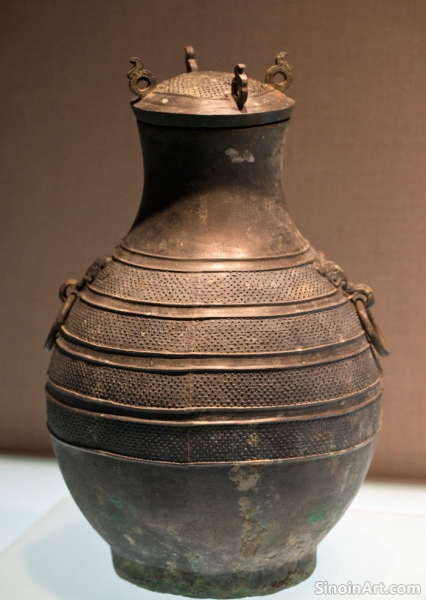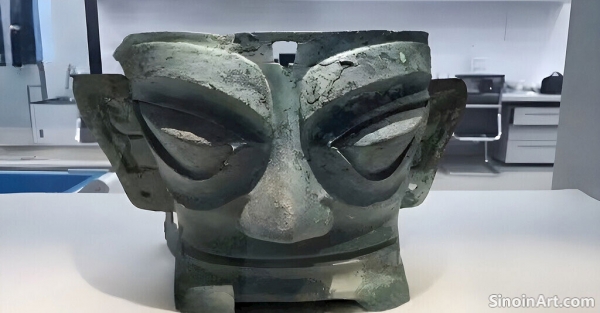The Role of Animal Motifs in Chinese Bronze Ware: Symbolic Creatures of Power and Mystery
|
Animal motifs are ubiquitous on Chinese bronze ware, ranging from real-world creatures to mythical beasts. These stylized depictions of animals, often imbued with symbolic meaning, served a variety of purposes, communicating power, spirituality, and connection to the natural world. Understanding these animal symbols is key to fully appreciating ancient Chinese art and culture.  The taotie (饕餮), a composite creature with features from various animals, is a dominant motif on Shang Dynasty bronzes, often interpreted as a symbol of power, protection, and perhaps a connection to ancestral spirits. This powerful and mysterious symbol dominates much of the early period bronze work.  Other common animal motifs included dragons, symbolizing power, wisdom, and good fortune; phoenixes, representing rebirth, renewal, and grace; and tigers, known for their strength, courage, and protective power. The use of different animals communicated a wide range of different ideas, ideals, and beliefs.  Many bronze objects featured depictions of real-world animals, such as oxen, sheep, and birds, which likely held symbolic significance related to the social and agricultural lives of the ancient Chinese. These animal representations also provided insights into the animals that were most relevant to life at this time. The animal designs often reflected the lives and beliefs of the society that created them. The study of animal motifs on Chinese bronze ware reveals not only the artistic skill of the craftsmen but also the complex cultural landscape of ancient China. These symbols have a long history and they continue to be a source of fascination to those who study them. They connect us to the culture and beliefs of the past. |
Tag : bronze animal motifs, Chinese symbolism, taotie, dragons, phoenixes
Related information
- Bronze Ware and Ancient Chinese Notions of Heaven and Earth: A Cosmic Worldview
- Bronze Ware and Ancient Chinese Medicine: Tools and Beliefs About Health
- The Use of Bronze in Ancient Chinese Writing Tools: Brushes, Ink Stones, and Writing Knives
- The Use of Bronze in Ancient Chinese Transportation: Chariots and Fittings
- Bronze Ware and the Development of Chinese Writing: An Intertwined History
This article explores how bronze ware reflected ancient Chinese concepts of the cosmos, highlighting the integration of celestial symbols, the use of balanced forms, and the interplay between human activities and the perceived order of the universe.
This article explores the use of bronze in ancient Chinese medicine, highlighting the creation of surgical instruments, diagnostic tools, and vessels used for herbal remedies, and revealing the intersection of metallurgy and medical practices.
This article explores the use of bronze in ancient Chinese writing tools, highlighting brush holders, ink stones, and writing knives, and demonstrating how bronze was used in both practical and artistic applications related to the production of written documents.
This article explores the use of bronze in ancient Chinese transportation, particularly in the construction and decoration of chariots, emphasizing its role in enhancing strength, durability, visual appeal, and as a symbol of power and status.
This article explores the intertwined history of bronze ware and the development of Chinese writing, highlighting the earliest forms of writing on bronze, the evolution of script styles, and the role of inscriptions in preserving history and culture.